Emergent Literacy Strategies
Below are strategies posts related to Emergent Literacy.
 |
Hello Kitty's Tea Party!Use the popular "Hello Kitty" theme to teach beginning reading and number concepts! |
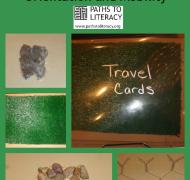 |
O & M Travel Cards and BookCollect items from the environment to reinforce beginning literacy skills during orientation and mobility lessons. |
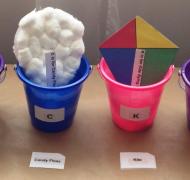 |
Literacy and Numeracy Ideas with Buckets!Activity for beginning literacy and numeracy, using buckets to count, identify letters and sounds. |
 |
Tom Makes One PizzaThis activity helps to teach one to one correspondence or the concept of one to children who are blind or visually impaired. |
|
|
Adapting the Daily Job Chart for Full InclusionDaily job charts are part of many early childhood & elementary classrooms. These ideas make them accessible to children who are blind or visually impaired. |
|
|
Adapting the Environment for IndependenceFind how you can set up your classroom to make it accessible to ALL students! |
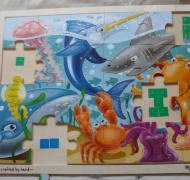 |
Adapting Jigsaw Puzzles for Younger StudentsAdapting puzzles for children who are blind or visually impaired |
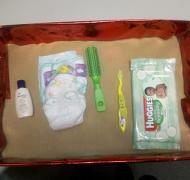 |
DIY Theme BoxesTheme boxes can be used to help children who are blind or visually impaired with multiple disabilities to develop basic concepts, expand language, and understand experiences. |
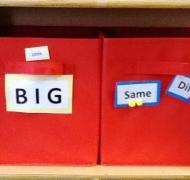 |
OppositesThis hands-on activity is designed to help young children who are blind or visually impaired or who have multiple disabilities to identify items that are same and different or big and little |
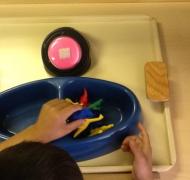 |
Adapted Counting WorkThis counting activity uses a switch to reinforce the concept of 1:1 correspondence for children who are blind or visually impaired with additional disabilities. |
|
|
Five Little Monkeys Tactile BookThis tactile book for emergent braille readers helps to develop tactile skills, as well as counting, positional concepts, and other important skills for beginning readers at the Kindergarten level. |
|
|
Interactive Alphabet Book for Letter "M"This fun interactive book for young children who are blind or visually impaired encourages concept development through interactive activities with early literacy materials. |
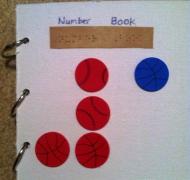 |
Number BookThis fun hands-on activity uses real objects to help children who are blind or deafblind to learn to count and develop number concepts. |
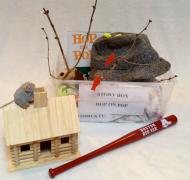 |
Dr. Seuss-Themed ActivitiesFun hands-on activities using Dr. Seuss books to teach concept development and literacy skills to children who are blind or visually impaired, including those w/ multiple disabilities or deafblindness |
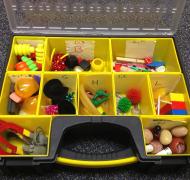 |
“M is for Mice.”This early braille literacy activity uses real objects to help young children who are blind to learn the dots for each braille letter. |
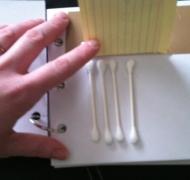 |
Counting BookThis book uses real objects and tactile symbols, along with ASL signs to teach numbers and counting to young children who are blind or visually impaired, deafblind, or with multiple disabilities. |
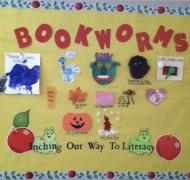 |
Inching Our Way to LiteracyTextures can be used to refer to the same book in different contexts for students who are blind or visually impaired with multiple disabilities. |
 |
Story Box for "All You Need for a Snowman"This storybox is a fun winter activity for children who are blind or visually impaired, deafblind or multiply disabled. Uses real objects about winter |
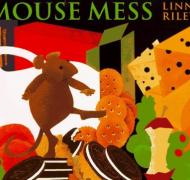 |
Modifying Books for Children with CVIMany picture books need to be modified for kids with Cortical Visual Impairment (CVI). Decreasing visual clutter and increasing contrast is a simple strategy. |
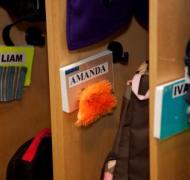 |
Labeling the Environment in an Accessible FormatLabeling items in the environment in an accessible format is important for developing literacy skills, as well as O & M or Orientation and Mobility for kids who are blind or visually impaired. |
